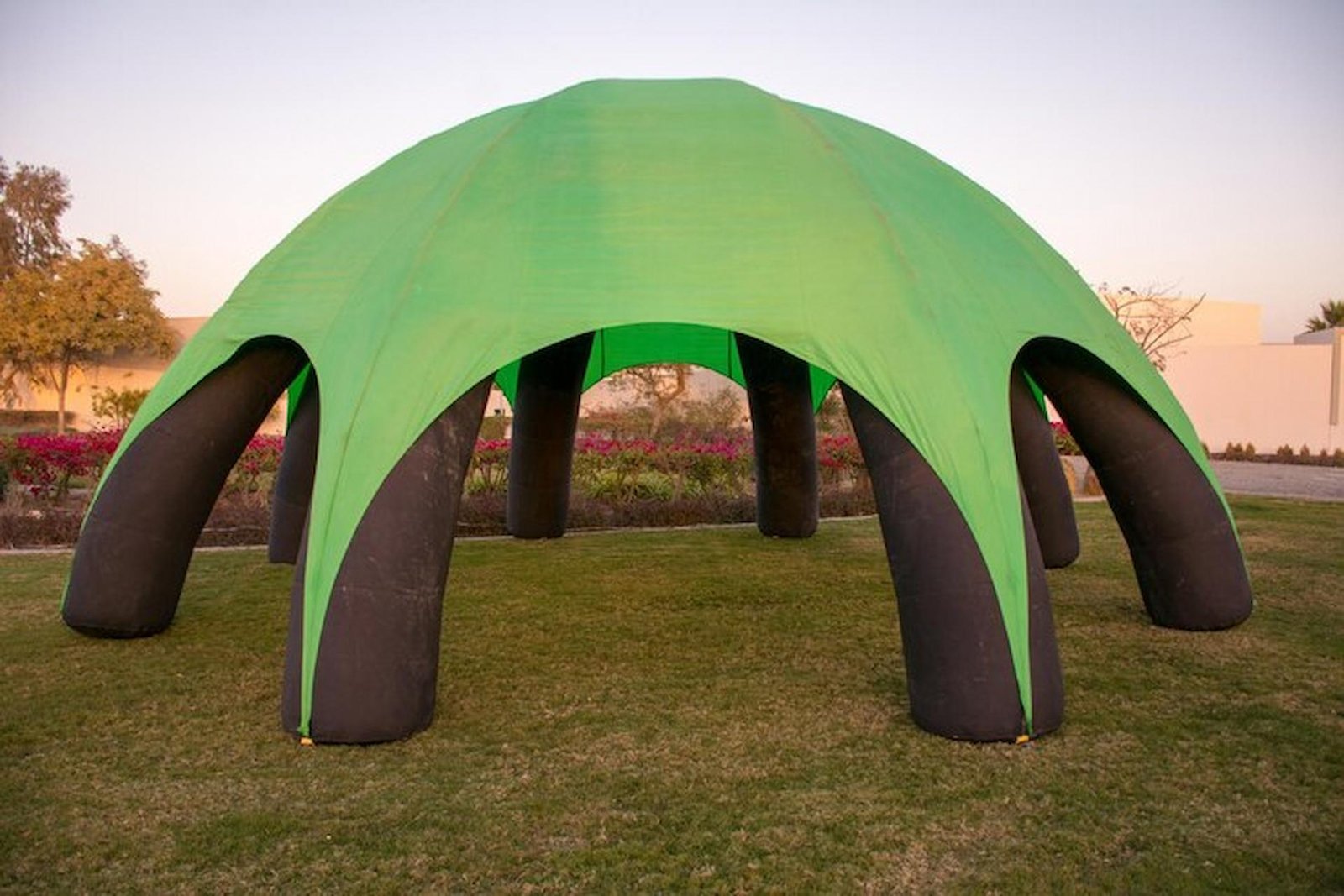The architectural landscape is experiencing a paradigm shift, with sustainability taking centre stage. In this era of eco-conscious design, air-supported structures are making a notable mark, proving that structural innovation can seamlessly align with environmental responsibility. This article explores the multifaceted eco-friendly advantages of air-supported structures, shedding light on how these air-filled marvels are reshaping the future of architecture.
Harnessing Renewable Materials for Structural Brilliance
Air-inflated domes pioneer eco-friendly materials, leveraging technological advancements to create structures that minimise their environmental footprint. From recyclable fabrics to bio-based polymers, these domes showcase a commitment to sustainability from their very foundations. This section delves into the importance of using renewable materials and how they contribute to the overall ecological integrity of air domes.
Energy Efficiency
One of the standout features of inflatable domes is their remarkable energy efficiency. Unlike traditional buildings, these structures require less energy for both construction and operation. The air pressure within the dome provides insulation of the space; air domes significantly diminish the necessity for excessive heating or cooling. Explore how this inherent energy efficiency minimises environmental impact and translates into substantial cost savings for long-term sustainability.
Adaptable Design
Air-structured domes embody the essence of adaptable design, offering a versatile canvas for architects and designers. The modularity of these structures allows for easy assembly and disassembly, facilitating relocation and reuse. This section explores how adaptability enhances the longevity of air domes and minimises the need for constant new construction, promoting a sustainable approach to architectural design.
Low Carbon Footprint Construction
Traditional construction methods often contribute significantly to carbon emissions. Inflatable domes, on the other hand, boast a low carbon footprint during both manufacturing and assembly. By minimising heavy construction materials and machinery, these structures exemplify a more sustainable approach to building, aligning with global efforts to reduce the construction industry’s environmental impact.
Natural Lighting and Ventilation
Air-inflated domes ingeniously incorporate natural lighting and ventilation, Crafting a visually appealing and energy-efficient space. Large translucent panels allow ample sunlight to filter through, reducing the need for artificial lighting. Additionally, the inflatable nature of these domes allows for customisable ventilation, fostering a connection with the outdoors and promoting a healthier, more sustainable indoor environment.
Resilience in the Face of Natural Elements
Climate change is a reality that architects must confront, and inflatable domes rise to the challenge with resilience. These structures have proven to withstand various weather conditions, from heavy snow loads to intense winds. This section explores the durability of air-supported structures’ domes, which ensures longevity and adds to sustainability by reducing the necessity for frequent repairs and replacements.
Conclusion
Air-supported structures stand as beacons of innovation in the architectural realm, demonstrating that sustainability can coexist seamlessly with structural brilliance. From harnessing renewable materials to promoting energy efficiency, adaptability, and low carbon footprint construction, these structures embody a holistic approach to eco-friendly design. As we navigate the future of architecture, the inflatable dome emerges not just as a trend but as a symbol of responsible and forward-thinking construction, setting the stage for a more sustainable tomorrow.




